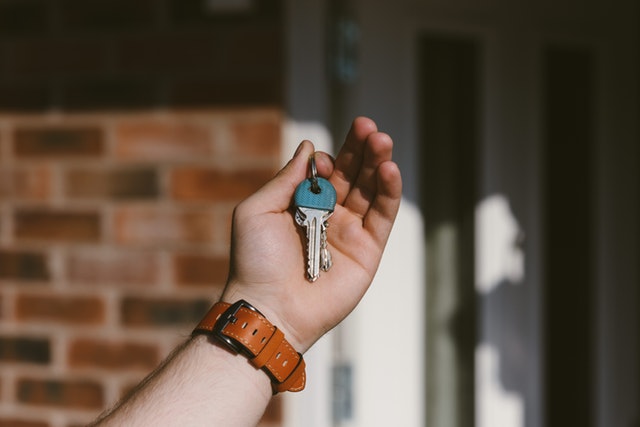 Whether you are a homeowner looking to get the maximum return on investment, a buyer interested in fair market value or an industry insider grappling with the moving parts of the real estate industry, these are some trends and predictions you should know about.
Whether you are a homeowner looking to get the maximum return on investment, a buyer interested in fair market value or an industry insider grappling with the moving parts of the real estate industry, these are some trends and predictions you should know about.
Lower Home Supply Causing Significant Value Growth
Indicators point to a U.S. economy that has settled into a nice growth period. Unemployment rates have touched some record lows, wages appear to be on the rise and Millennials are entering high earning and home-buying years. Couple these factors with the fact that last year’s tax reform laws will likely put more money back in everyday Americans’ pockets and homes could be a hot commodity, so to speak.
Home supply — on the other hand — does not appear ready to meet the rising demand of buyers. Experts are predicting that rising demand will collide with the housing shortfall and prices will ramp up in 2019.
Home Values Could Rise Another 5 Percent By Year’s End
Some real estate insiders are pointing to National Association of REALTORS information that the number of available homes for sale has dropped for 35 consecutive months. The volume of sales is down because there simply are not enough homes being put on the market. Coupled with the uptick in the economy, sellers are in the driver’s seat right now and they are demanding top dollar for their homes.
That being said, it may be in the best interest of first-time homebuyers to get into the market sooner rather than later. The improved wages from the surging economy may not be able to keep pace with a potential 5-percent increase in property values by the end of 2019. It looks like a buy now or pay later real estate market.
It’s Not A Housing Bubble And Won’t Burst
The housing market has been on a tear over the last three years. Property values have appreciated fairly consistently for 35 straight months. Such data mirrors that of the housing market right before the crash. One of the driving force behind property values climbing back then was sub-prime mortgage lending. The practice was a ticking time bomb and the end was inevitable.
While some experts are calling for another housing bubble to burst due to an unforeseen flaw in the system, tough legislation and oversight are in place. It’s only human nature to be cautious when conditions appear similar to those leading up to a bad outcome.
This time around, rising home prices appear to be based on solid economic factors. Either contractors are going to start massive home-construction builds all over the country or the shortage will continue to drive prices up. While experts say we are not in a so-called housing bubble, the market may level off down the road to get in tune with consumer affordability.
Whether you are looking to buy or sell, make sure to contact your trusted real estate professional to help you through the process.
 Home improvements are key investments when it comes to quality of life and property value. While decks, solar panels and smart technologies are trendy options, installing a home generator may be even more valuable. That’s because backup generators not only improve market value, they also protect you and your home during severe weather incidents.
Home improvements are key investments when it comes to quality of life and property value. While decks, solar panels and smart technologies are trendy options, installing a home generator may be even more valuable. That’s because backup generators not only improve market value, they also protect you and your home during severe weather incidents. Sleek modern kitchens were all the rage a couple of years ago. But now, homeowners are re-creating the Happy Days right at home. Retro styles from the 50s and 60s are making a comeback in the kitchen. Just make sure you combine the old with the new. Using too many vintage touches can make your kitchen go from looking trendy to outdated.
Sleek modern kitchens were all the rage a couple of years ago. But now, homeowners are re-creating the Happy Days right at home. Retro styles from the 50s and 60s are making a comeback in the kitchen. Just make sure you combine the old with the new. Using too many vintage touches can make your kitchen go from looking trendy to outdated. Last Week’s economic readings included reports on inflation, mortgage rates, new jobless claims and consumer sentiment.
Last Week’s economic readings included reports on inflation, mortgage rates, new jobless claims and consumer sentiment.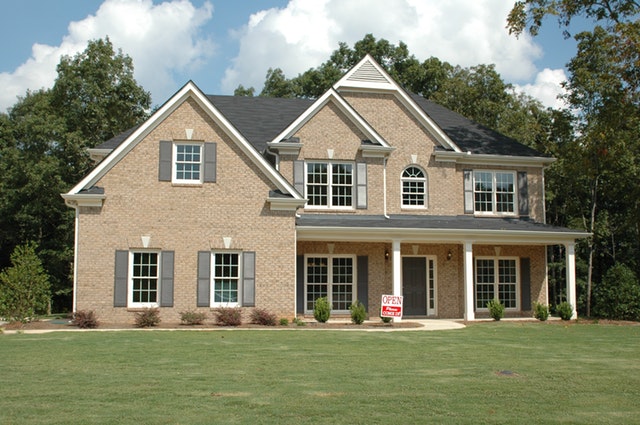 Historians like to say that those who do not learn the lessons of the past are doomed to repeat them. In the real estate industry, the chances of that happening are slim because agents and other professionals follow market trends closely.
Historians like to say that those who do not learn the lessons of the past are doomed to repeat them. In the real estate industry, the chances of that happening are slim because agents and other professionals follow market trends closely.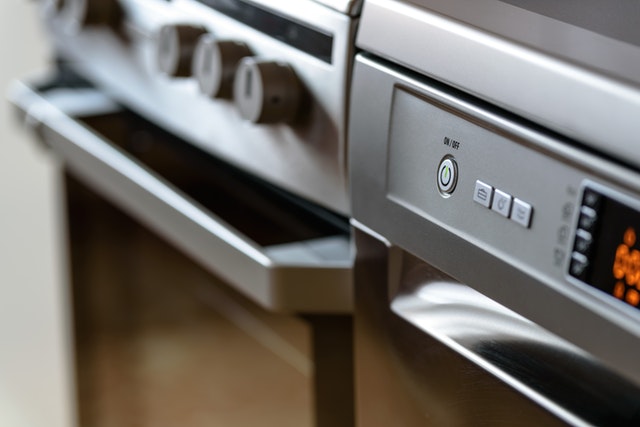 There’s perhaps no better indicator that we are living in the technology age than Smart gadgets infiltrating the kitchen. Whether they are little conveniences or big-ticket items, the chef in every home can benefit from the devices that help improve cooking, storage and food preparation. These are some of the next generation kitchen items that are making life a little easier and homes a tad more valuable.
There’s perhaps no better indicator that we are living in the technology age than Smart gadgets infiltrating the kitchen. Whether they are little conveniences or big-ticket items, the chef in every home can benefit from the devices that help improve cooking, storage and food preparation. These are some of the next generation kitchen items that are making life a little easier and homes a tad more valuable.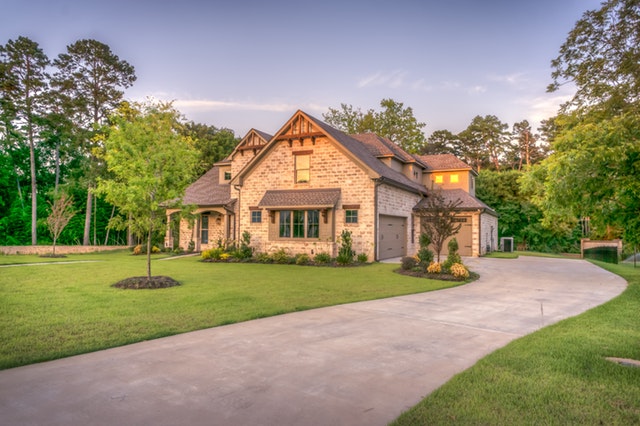 In the ideal home-buying scenario, you’d have plenty of time to find the perfect home. However, this is not always possible. Maybe you are relocating for a job and have to buy a house from across the country. If this is the case, you might have to limit the time that you spend house hunting.
In the ideal home-buying scenario, you’d have plenty of time to find the perfect home. However, this is not always possible. Maybe you are relocating for a job and have to buy a house from across the country. If this is the case, you might have to limit the time that you spend house hunting. The perfect home has been found, the one in the right neighborhood with the right amount of bedrooms and bathrooms. The home inspection is complete, but a few issues have been found. At this point, a home buyer has decisions to make.
The perfect home has been found, the one in the right neighborhood with the right amount of bedrooms and bathrooms. The home inspection is complete, but a few issues have been found. At this point, a home buyer has decisions to make.  Last week’s economic releases included monthly readings on construction spending, public and private sector job growth and June’s national unemployment rate. Weekly readings included Freddie Mac mortgage rates and new jobless claims.
Last week’s economic releases included monthly readings on construction spending, public and private sector job growth and June’s national unemployment rate. Weekly readings included Freddie Mac mortgage rates and new jobless claims.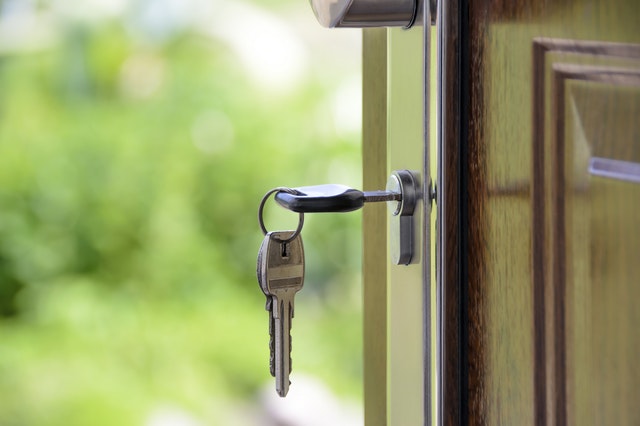 Once you and the seller have negotiated an offer and you’ve been pre-approved for a mortgage, you might think that you are in the clear as far as your closing goes. However, that is not always the case. Many surprising things can put a halt to closing. Some may ultimately stop the closing altogether while others could simply cause a delay.
Once you and the seller have negotiated an offer and you’ve been pre-approved for a mortgage, you might think that you are in the clear as far as your closing goes. However, that is not always the case. Many surprising things can put a halt to closing. Some may ultimately stop the closing altogether while others could simply cause a delay.